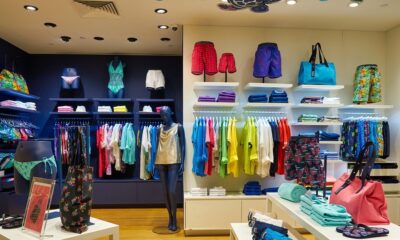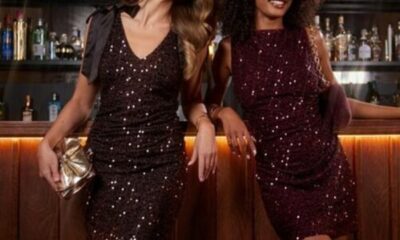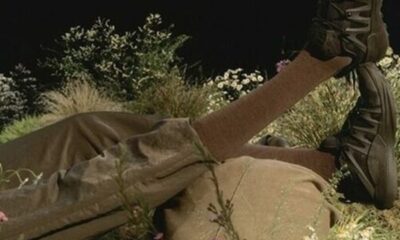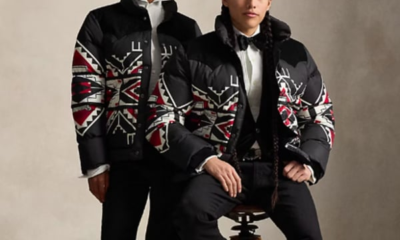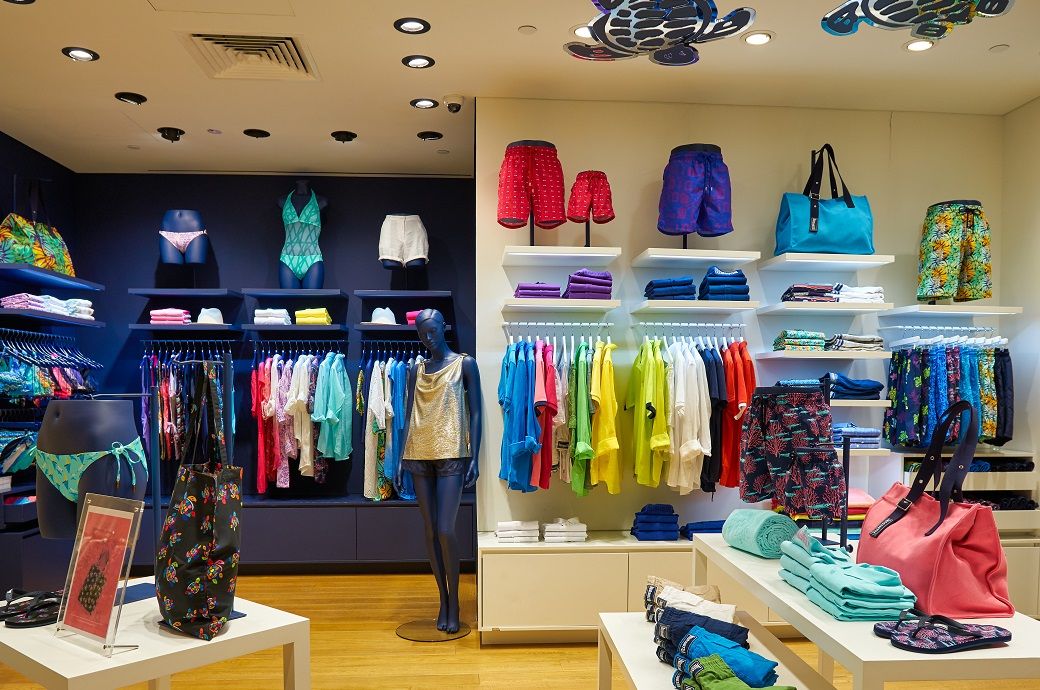Fashion
Timberland and Telfar launch capsule collection
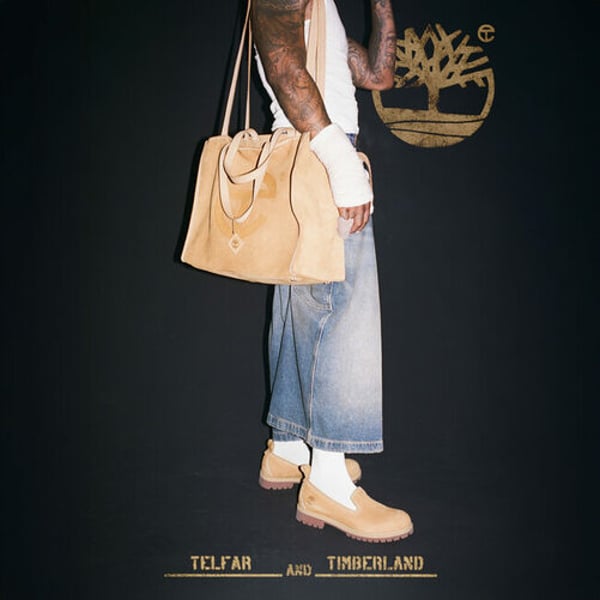
Published
October 4, 2025
Timberland and Telfar have teamed up to launch a capsule collection that reimagines the classic Yellow Boot while expanding into bags.
At the center of the collection is the Timberland x Telfar Tall Pull-On Boot, a 26-inch unstructured style in pebbled nubuck leather, available in wheat and black. Completing the footwear selection is the Mid Pull-On Boot offering an 11-inch version, and the Slip-On Shoe, which reinterprets Timberland’s workwear DNA into a loafer meant to be worn across seasons and occasions.
True to Telfar’s signature, the collaboration also introduces bags. The Timberland x Telfar Shopper, available in three sizes in wheat and black, is crafted from thick nubuck leather with the Telfar logo burned into the front and rubber feet on the base inspired by Timberland’s iconic tread. Lastly, a new silhouette, the Slouchy Bag, mirrors the boots’ relaxed shape, featuring exterior shell pockets, a drawstring closure, and orange nylon interior.
Distribution will be split between the two brands: all wheat bags and all black boots and bags will be exclusive to Telfar, while Timberland will carry the wheat boot and loafer styles.
The collection is now available online, at Telfar’s New York flagship on Broadway, via Timberland stores, and select wholesale partners on October 8.
Copyright © 2025 FashionNetwork.com All rights reserved.
Fashion
China retail sales up 4.3%, industry maintains strong 2025 momentum
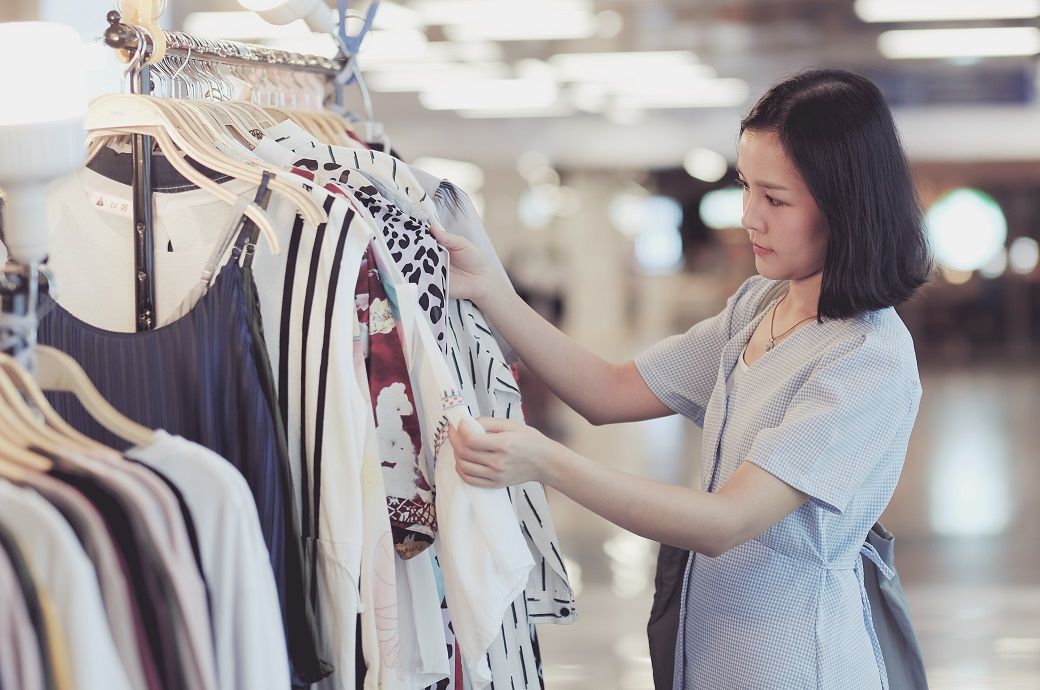
China’s retail and industrial indicators for the first 10 months of 2025 signalled steady economic recovery, with consumption and high-tech manufacturing showing notable strength, according to data released by the National Bureau of Statistics (NBS).
China’s economy showed steady recovery in the first 10 months of 2025, with retail sales up 4.3 per cent to $5.82 trillion and online sales rising 9.6 per cent.
October retail grew 2.9 per cent.
Industrial value-added rose 6.1 per cent in Jan–Oct and 4.9 per cent in October.
Profits reached ¥5.37 trillion.
PMI was 49, while expectations stayed upbeat at 52.8.
Retail sales of consumer goods rose 4.3 per cent year on year (YoY) to ¥41.2169 trillion (~$5.82 trillion). Online retail sales reached ¥12,791.6 billion, up 9.6 per cent, with physical goods contributing ¥10,398.4 billion, accounting for 25.2 per cent of total retail sales.
In October alone, retail sales grew 2.9 per cent YoY to ¥4,629.1 billion. Urban retail sales rose 2.7 per cent, while rural consumption expanded 4.1 per cent, the National Bureau of Statistics (NBS) said in a release.
Industrial activity also gained traction. The total value added of industrial enterprises above the designated size increased 4.9 per cent YoY in October and 0.17 per cent month on month (MoM).
For January–October, industrial value added grew 6.1 per cent YoY. Industrial enterprises earned profits of ¥5,373.2 billion in the first nine months, up 3.2 per cent YoY. October’s Manufacturing Purchasing Managers’ Index stood at 49 per cent, while the Production and Operation Expectation Index reached 52.8 per cent, indicating continued optimism among manufacturers despite short-term pressures.
Fibre2Fashion News Desk (HU)
Fashion
Germany’s swimwear trade: Asia-Pacific leads volume, Europe tops value
Fashion
Quiz says Q4 partywear launch drives sales higher, gold sees accessories comeback
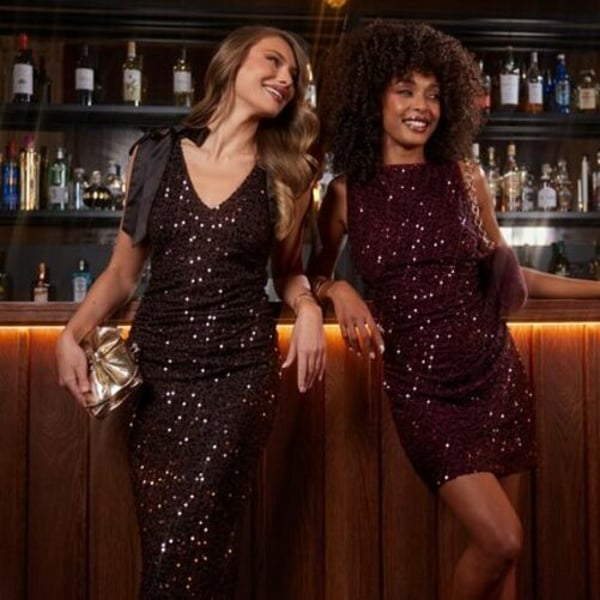
Published
November 19, 2025
The reports coming-out of Quiz Clothing have been largely about decline for several years but so far in 2025, it seems to have turned a corner and news this week has added to that view.
After September’s report of rising summer sales and last month’s release detailing improved results and store opening plans, now it has said that the launch of its latest partywear collection has also driven sales higher.
The company said like-for-like sales have risen 6% on the back of the launch, which was its biggest party collection to date. The 250-piece offer debuted at the end of October and meant the Scotland-based retailer has seen a strong start to the Golden Quarter.
Quiz added that early trend indicators for the party season point to shoppers buying into longer length midi and maxi dresses with mesh, satin and velvet fabrics helping to drive sales. Key colours are the always-popular black, with shoppers also buying bottle green, navy blue and brown.
The company has also seen stronger demand for its footwear and accessories with stiletto heel evening shoes and clutch-style evening bags in gold leading sales.
In fact, CEO Sheraz Ramzan said that for footwear and accessories “gold has overtaken silver as the metallic of choice, due largely to its ability to pair with the many brown, berry and green tones coming through on dresses”.
The company has also identified Glasgow, Manchester, Sheffield and London as the cities leading early demand for partywear with an average £60 basket value.
Copyright © 2025 FashionNetwork.com All rights reserved.
-

 Tech1 week ago
Tech1 week agoFrom waste to asset: Turning ethanol production CO₂ into jet fuel
-

 Tech4 days ago
Tech4 days agoNew carbon capture method uses water and pressure to remove CO₂ from emissions at half current costs
-

 Politics5 days ago
Politics5 days agoBritish-Pakistani honoured for transforming UK halal meat industry
-

 Sports3 days ago
Sports3 days agoTexas A&M officer scolds South Carolina wide receiver after touchdown; department speaks out
-

 Business4 days ago
Business4 days agoThese 9 Common Money Mistakes Are Eating Your Income
-

 Business4 days ago
Business4 days agoWhat’s behind Rachel Reeves’s hokey cokey on income tax rises?
-

 Tech1 week ago
Tech1 week agoSecurity flaws in portable genetic sequencers risk leaking private DNA data
-

 Fashion6 days ago
Fashion6 days agoAdidas & Patrick Mahomes expand NIL programme with Texas Tech athletes


